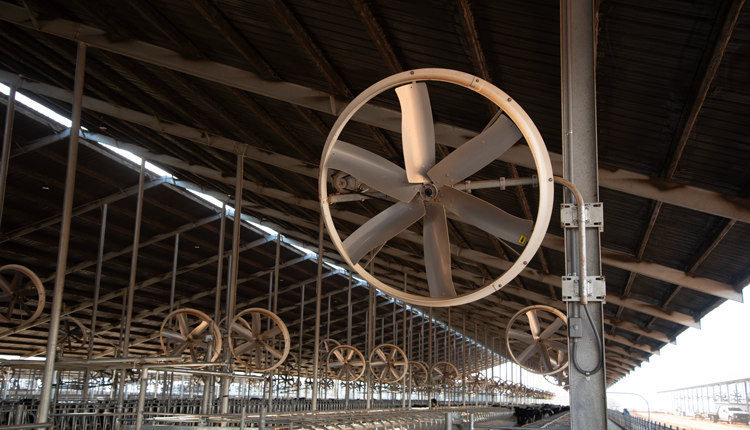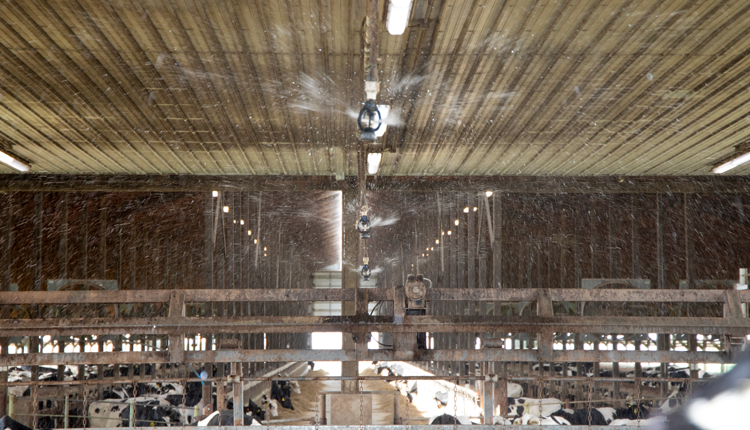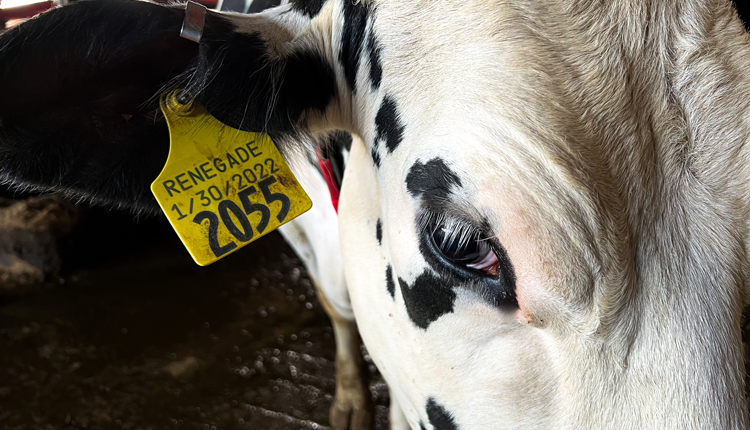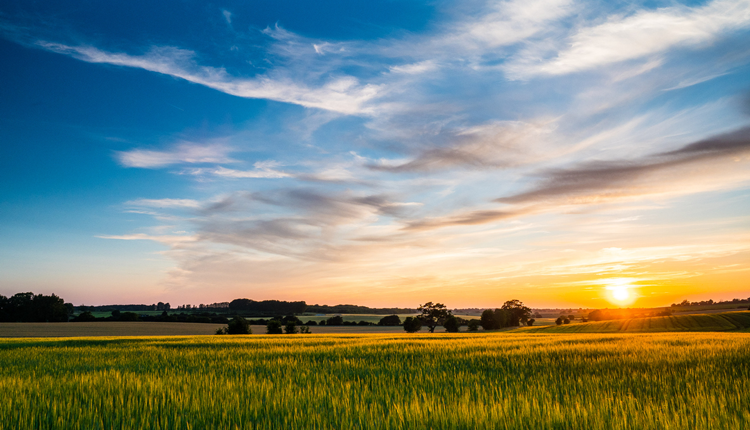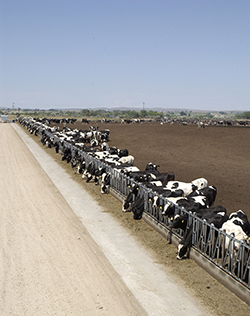 Global warming or not, the world's climate is changing. In the United States, greater variability in precipitation patterns, more pronounced differences in weather between regions, and rising average temperatures are all signs that climate is not standing still.
Global warming or not, the world's climate is changing. In the United States, greater variability in precipitation patterns, more pronounced differences in weather between regions, and rising average temperatures are all signs that climate is not standing still.More hot days mean more stress for our livestock. Dairy cattle are particularly sensitive because of their high metabolic heat production from rumen fermentation and lactation. Hot weather reduces milk output and lowers fat, solids, lactose and protein. Heat stress also negatively affects fertility.
In 2010, USDA estimated that heat stress lowered annual milk production for the average dairy herd by 183,000 pounds, worth about $39,000 at 2010 milk prices. In all, that's $1.2 billion in lost production for the entire U.S. dairy industry.
To predict future losses as a result of climate change in the year 2030, USDA Economic Research Service (ERS) researchers used climate change forecasts from four different scientific models. The temperature humidity index (THI) impact for the four models varied considerably, but all showed an upturn in average temperature between 1.45 and 2.37 degrees Fahrenheit. The Southern Plains and Southeast are predicted to experience the most change.
Using those numbers, additional heat stress is expected to lower milk production for the average dairy by 0.60 to 1.35 percent in 2030 relative to what it would have been in the absence of climate change. At 2010 milk prices, that is roughly $2,000 to $5,000 worth of production loss per farm.
Almost all dairies (99.8 percent) would experience some loss, and 4 to 18 percent of operations would face a loss greater than 2 percent. With no market adjustment, the aggregate annual value of this climate change-induced reduction in milk output for the entire U.S. dairy sector would be $79 to $199 million.
Farms can counteract heat stress by changing rations, choosing breeds of cattle better adapted to hot weather, and installing heat abatement tools like fans and sprinklers. Cooling cows comes with a price, however. A 2010 Agricultural Resource Management Survey (ARMS) showed that dairies in the warmest regions had higher energy expenditures. A large dairy spent an average of 86 cents per hundredweight of milk on energy in the warmest regions compared to 66 cents per hundredweight in cooler areas.
Climate change may not mean a dramatic spike in temperatures. Still, any additional heat stress on dairy cattle in the future spells trouble, in the form of compromised animal health, higher cooling costs and lost profits from milk sales.

The author is an associate editor and covers animal health, dairy housing and equipment, and nutrient management. She grew up on a dairy farm near Plymouth, Wis., and previously served as a University of Wisconsin agricultural extension agent. She received a master's degree from North Carolina State University and a bachelor's from University of Wisconsin-Madison.


